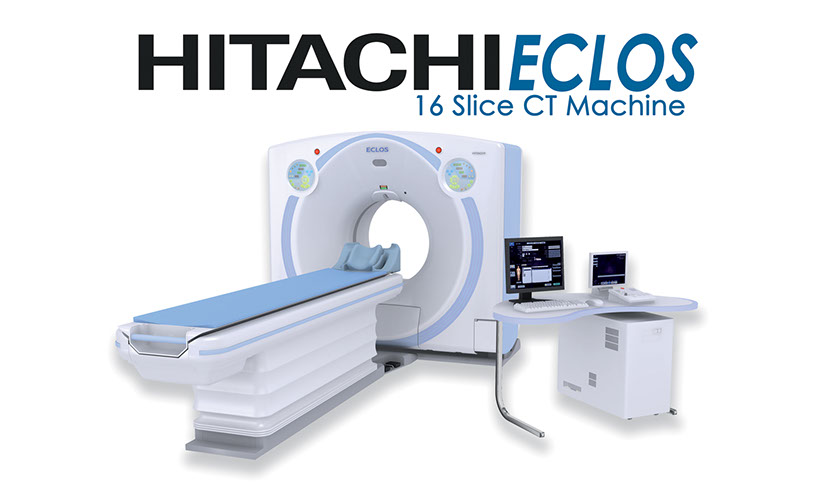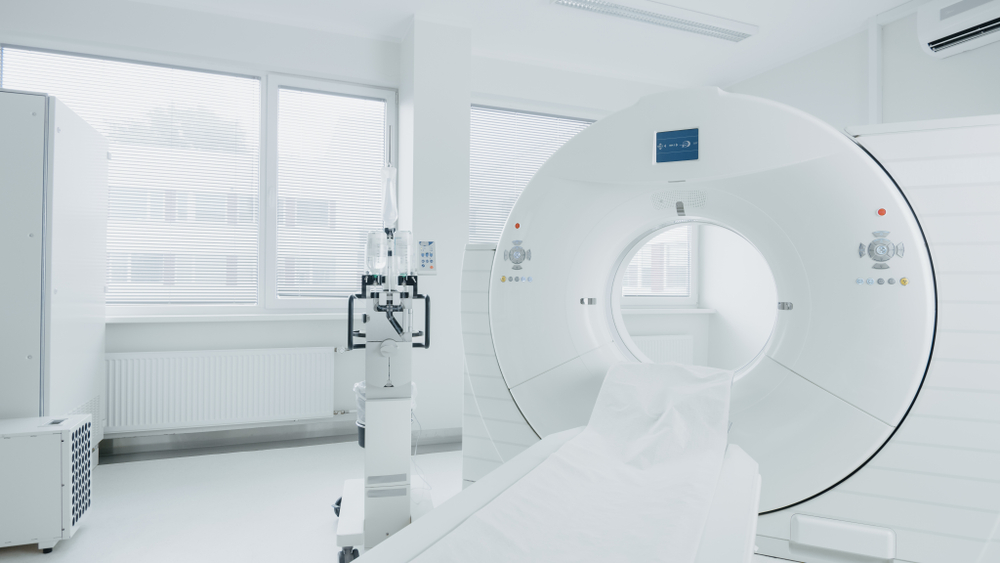


Due to the lack of obvious clinical features in early stage of HCC, most patients miss the best treatment time by the time of diagnosis, leading to a poor prognosis because of the high degree of malignancy and metastasis caused by HCC ( 7). Other causes of chronic liver injury include alcoholism, cholestasis, metabolic disorders, autoimmune and steatohepatitis ( 5, 6). Cirrhosis also has a 35% risk of malignant transformation ( 4). At present, 90% of PHC is developed from hepatitis and liver cirrhosis, and the risk of PHC is even greater after infection with hepatitis B and C ( 3).

Nearly half of patients with primary hepatocellular carcinoma (PHC) die due to lymph node metastasis ( 2). HCC affects 620,000 new patients and causes 600,000 deaths every year posing a serious threat to people's health ( 1). Hepatocellular carcinoma (HCC) is the fifth most common malignant tumor, and its mortality ranks third among all malignancies. Imaging diagnosis can provide survival basis for patients, improve diagnostic accuracy, and help to improve the survival rate. Individualized comprehensive treatment plans based on the patient's condition may be effective in prolonging the patient's survival time. MRI is superior to CT in the sensitivity, specificity and accuracy of the diagnosis of small HCC. Cox multivariate regression analysis showed that the background of liver cirrhosis, tumor stage, and portal thrombosis were independent risk factors for poor prognosis for PHC patient and the differences were statistically significant (P<0.05). Univariate analysis showed that age, hepatitis B cirrhosis background, tumor stage, and portal vein embolization were prognostic factors for PHC. Diagnostic efficiency of MRI is better than that of CT diagnosis. Differences in sensitivity, accuracy, and negative predictive value between MRI and CT screening were statistically significant (P0.05). CT screening showed a sensitivity of 62.35%, a specificity of 73.85%, an accuracy of 67.33%, a positive predictive value of 75.71%, and a negative predictive value of 60.00%. The sensitivity of MRI screening was 78.82%, specificity was 78.46%, accuracy was 78.67%, positive predictive value was 82.72%, and negative predictive value was 73.91%. A single factor and multivariate analysis of prognostic factors were performed on 300 patients. Patients were diagnosed by MRI and CT scans, respectively, and diagnostic efficacy of the methods was compared. Among them, 170 patients were diagnosed with small HCC. A total of 300 patients with PHC were selected from January 2013 to January 2016. Value of computed tomography (CT) and magnetic resonance imaging (MRI) in the diagnosis of small hepatocellular carcinoma (HCC), and in analysis of the prognostic factors of primary hepatocellular carcinoma (PHC) were compared.


 0 kommentar(er)
0 kommentar(er)
